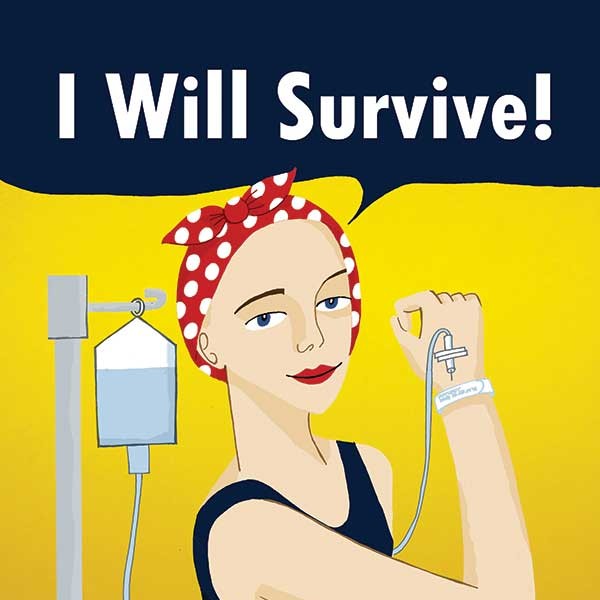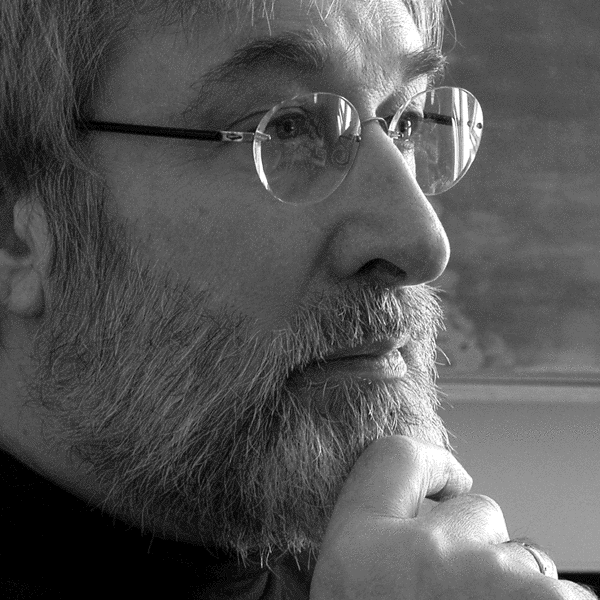A Path from Powerless to Empowered Sharon Freeman, too, has taken a long walk through the valley of darkness. “I had a very traumatic childhood, with lots of loss, neglect, and abuse,” says Freeman (not her real name), 53, of Staten Island. “I grew up not really embracing life. I wasn’t suicidal, but I felt powerless and victimized.” Freeman started working with Matousek a little over three years ago—first at a class at the Open Center in Manhattan, and later at Miriam’s Well retreat center in Saugerties. “He helped me see how I was living my life as the same victimized little girl I had been, as opposed to being an adult who can make my own choices.” Freeman was also working as a children’s bereavement group leader, finding that her difficult early experiences gave her wisdom and skills that she could use to help others. Yet just as she was making progress toward healing her childhood wounds, Freeman was confronted with another setback: This past spring, she discovered that she carried the gene linked with the aggressive development of breast and ovarian cancer that ran in her family.
“At first I thought, well, here is another example of how the world is against me,” says Freeman. “The standard recommendation for women with this gene is to have your ovaries removed, but my first reaction was, why bother? I’m not that thrilled with life anyway.” A paralyzing fear of surgery also stood in her way. Although the risk of death is only about 1 percent, to Freeman it felt like 75 percent: “When you grow up with so much trauma, you’re always waiting for the next disaster.” Yet through writing exercises and other explorations with Matousek, she was able to see how she could turn around her situation to be a gift. She decided to have the surgery. “I could look at how I felt about being alive straight on and come from a place where I wasn’t a victim. I had the choice to take a stand and say, yes, I do want to be alive, I’m grateful to be alive, and I want to do everything in my power to give myself the chance of staying alive as long as possible. It’s realizing that with anything that happens, it’s your choice what to do with the situation. I may not like what is happening, but I do have power and choice in it.”
Treating Trauma Through the Body Therapists, social workers, and others involved in treating people with severe trauma are finding a way in through another nontraditional approach: yoga. Just recently, researchers completed a three-year study funded by the National Institutes of Health on the effects of yoga on trauma survivors—and the results, though as yet unpublished, are promising. “Trauma happens to the body,” explains Jenn Turner, a psychotherapist and yoga teacher who taught classes for the NIH study at the Trauma Center in Brookline, Massachusetts, a world-renowned center for the research and development of trauma treatment models; the center is the brainchild of Bessel van der Kolk, the psychiatrist who coined the phrase “post-traumatic stress disorder” (PTSD) in the 1970s. “Many people who have been through major trauma have the experience that when they become triggered, their body feels like it’s been hijacked,” says Turner. “If somebody hears a door slam, that might trigger memories that make the heart rate increase; they might become sweaty and unable to concentrate. Even if the brain says, it’s okay, there’s no danger present, it can still take a long time for the body to settle back down. With yoga, we’re offering our students a way to self-regulate. The idea is to treat the body first, and then the brain can get back online.”
A trauma-sensitive yoga class feels and sounds very different from a conventional yoga class. Teachers are trained to speak in a way that gives students a lot of choice and free will. They do not give physical assists or even move around the room, which can startle trauma survivors. For the NIH study, many subjects were victims of childhood sexual abuse with a long-time diagnosis of PTSD. Individuals like these often feel disenfranchised from their bodies. “We encourage students to begin to come into contact with and gradually explore the body at their own pace,” says Turner. “As a relationship builds with the body, then students can begin to use the body as a resource to help them feel differently.” In general, the study found a significant reduction in PTSD symptoms; one participant reported that, after doing yoga for only 10 weeks, she was able to allow her husband and family to touch her more. “I found that so moving—something about her relationship with her own body had changed enough that she was able to feel more comfortable with touch in her life,” says Turner. The yoga classes also often gave participants fresh material for their talk therapy sessions, and some people who had been previously stuck in their therapy were making renewed progress. When the results of the NIH study are published sometime in the next year, expect wider recognition from the psychiatric community for yoga’s promise with PTSD patients.
















